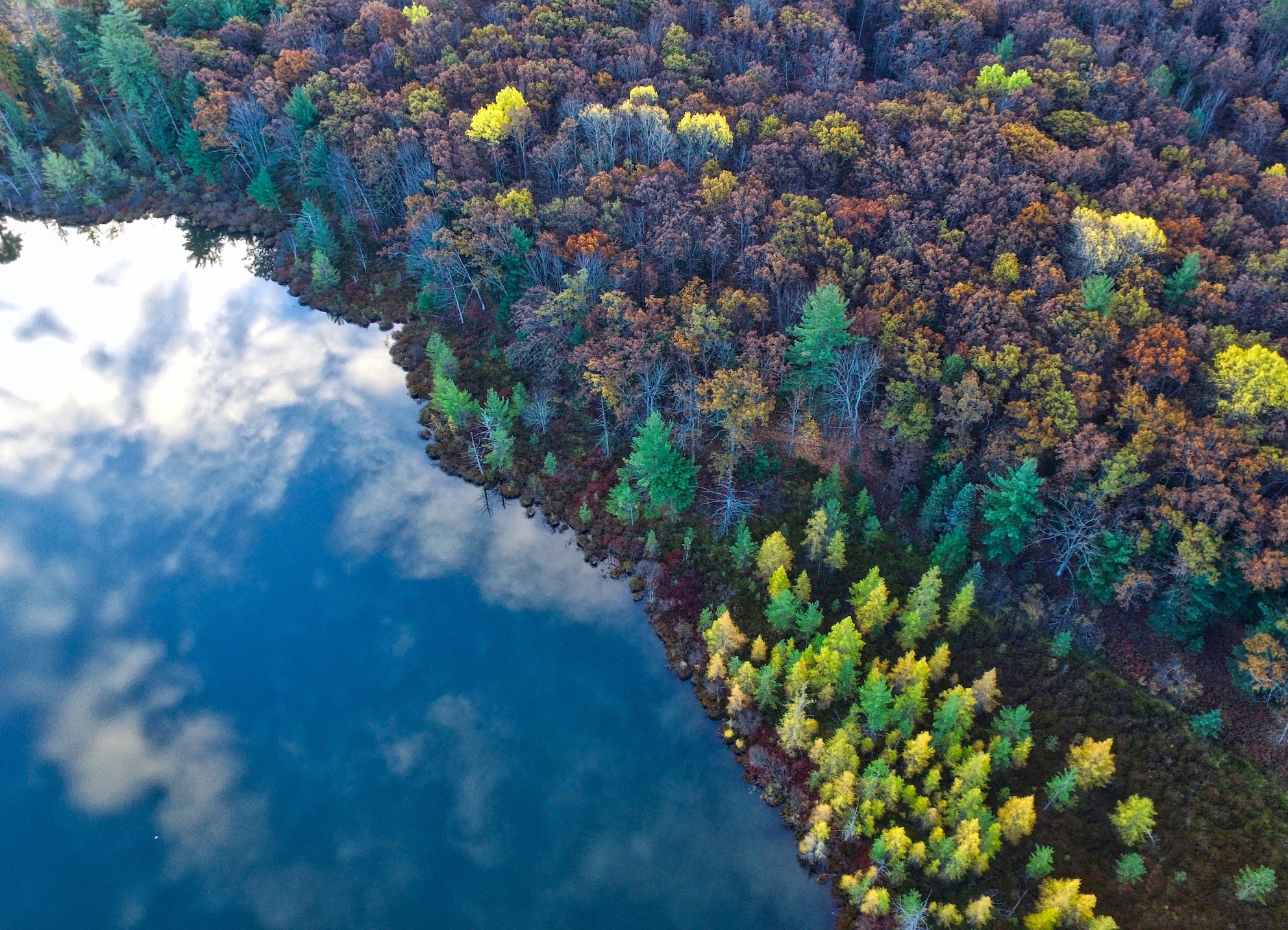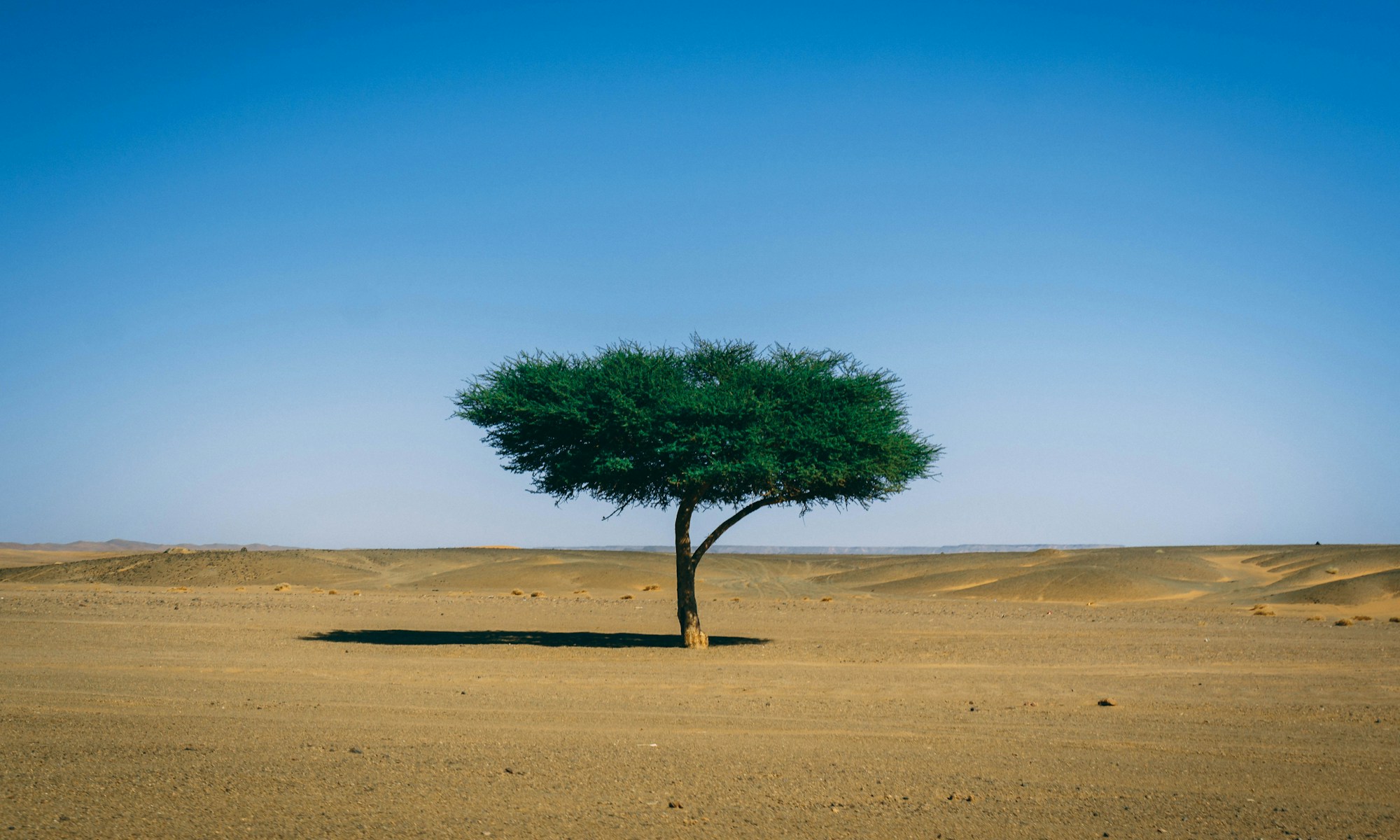8 June 2021 – by Rachel Aronoff
Climate-induced violence is rising in poverty-ridden regions across the earth, and women are being left in the shadows of its wrath.
In Sub-Saharan Africa, compounding variations in seasonality have resulted in an increased incidence of extreme weather events, acute environmental degradation, and a widespread decline in quality of life. With more than 95% of farmed land using rain-fed cultivation, these regions are heavily reliant on stable rainfall cycles to maintain annual agricultural yields. 1 In recent years, increasing severity in climate variability has magnified the intensity and frequency of flooding and drought, exacerbating issues of food insecurity and resource scarcity throughout the land.
Changes in climate disproportionately impact the livelihoods of women because they possess limited social control and ownership of land, and often serve as primary caregivers within their communities. They also face increased exposure to gender-based violence during periods of economic and environmental upheaval, as well as harmful discrimination in the labour market, making it difficult to generate alternative sources of income as needed.
Economic pressures have intensified with environmental disaster in many rural areas of Sub-Saharan Africa, driving hunger-based fatalities. In Angola, girls as young as the age of 12 are resorting to prostitution in order to avoid starvation. 2 Crisis coverage from the Thomas Reuters Foundation reports that “a girl might get 500 kwanzas ($1) for sex – enough to buy about a kilo of beans or two kilos of maize – but could get as little as 200 kwanzas.. Sometimes they earn as little as 5 RGT ($0.31) for one sexual encounter, which is .. not even enough to buy a loaf.” 3 These conditions simultaneously place girls at higher risk of sexual exploitation and human trafficking due to the subversive nature of the sex market.
In the Amboseli basin of southern Kenya, rising temperatures have caused rivers and grasslands to dry up, causing women and young girls to walk extensive distances to collect essential resources including firewood and water. 4 A field report conducted by the UN Africa Renewal program affirms that these tasks are both physically and mentally demanding, as it may take more than 20 hours per week to locate clean water, examine existing well levels, and carry the water home. 5 This process leaves young girls vulnerable to sexual assault and rape, whilst worsening the spread of infectious disease and infirmity within already weakened communities.
Environmental extremes also aggravate the prevalence of child marriage in various rural regions. The intensity and duration of recent dry spells have left countless families in dire need of basic resources, causing many to offer their daughters as brides to help ease financial stress. In rural districts of Malawi, “girls are forced sometimes to marry younger than 14. Some are impregnated by schoolteachers, some are forced to get married so the in-laws will bring bread and butter to their homes, others marry because of peer pressure. Especially when harvests are not good, these problems arise as girls are used to generate income.” 6
An increase in child marriage has further driven the practice of female genital mutilation (FGM), as this procedure is often carried out in preparation for marriage. Despite bans that have been implemented to prohibit both of these practices, researchers in northern Kenya have witnessed a climate-related surge in cases. 7 Throughout the 2020/2021 season, periods of prolonged drought were superseded by widespread locust outbreaks, resulting in deeper impoverishment and irreparable damage to livestock and crops. Despairing households succumbed to desperate measures, marrying off their daughters in exchange for dowries. 8
Girls who have undergone FGM are also perceived as more ‘valuable’ in comparison to those who remain uncut, inviting higher bride prices. Many families are able to circumvent the bans on these practices by shipping their daughters to neighboring countries where laws are less restrictive, and having them sent back prior to marriage. 9
In the absence of government intervention, rates of child marriage and FGM will continue to rise in synchronicity with environmental disaster and displacement. A severe lack of legal reinforcement and safeguarding services in regions across Sub-Saharan Africa is contributing to this endless cycle of gender-based violence. If vulnerable areas are left without stronger protection aid, this issue will only continue to worsen as levels of hunger and extreme weather events become more pervasive.
It is vital to draw deeper attention to the connections between climate change and violence against women and children in order to subvert the underground nature in which many of these practices are conducted. In addressing the impacts of climate-sensitive stresses, it is crucial to accentuate the various gender disparities inherent in a shifting ecological framework.

Rachel Aronoff recently graduated from UC Santa Barbara with a degree in English, and a specialization in Literature and the Environment. She is also certified in health and wellness coaching, personal training, and in the process of becoming a yoga instructor.
References
1. Summary. (2021). International Water Management Institute. Retrieved May 24, 2021. https://www.iwmi.cgiar.org/issues/rainfed-agriculture/summary/
2. Batha, Emma. (2020) Cheap as bread, girls sell sex to survive hunger crisis in Africa. (2020). Thomas Reuters Foundation News. Retrieved May 24, 2021. https://news.trust.org/item/20200130182713-wao6m/
3. Batha, Emma. (2020).
4. Kenya: The impact of climate change is worsening the issue of child marriage among the Maasai’. (2019). Minority Rights Group International. Retrieved May 24, 2021. https://minorityrights.org/wp-content/uploads/2020/08/2019_MR_Report_170x240_V7_WEB.pdf
5. Mourdoukoutas, Eleni. (2016). Women Grapple With Harsh Weather. United Nations Africa Renewal. Retrieved May 24, 2021. https://www.un.org/africarenewal/magazine/august-2016/women-grapple-harsh-weather
6. Climate change connections to HIV and AIDS. (2009). The Winds of Change: Climate change, poverty and the environment in Malawi, Oxfam International. Retrieved April 27, 2021. https://www.oxfam.org/en/research/winds-change
7. Wadekar, Neha. (2020). Child Brides of Climate Change. Pulitzer Center. Retrieved April 27, 2021. https://pulitzercenter.org/stories/child-brides-climate-change
8. Wadekar, Neha. (2020).
9. Wadekar, Neha. (2020).


